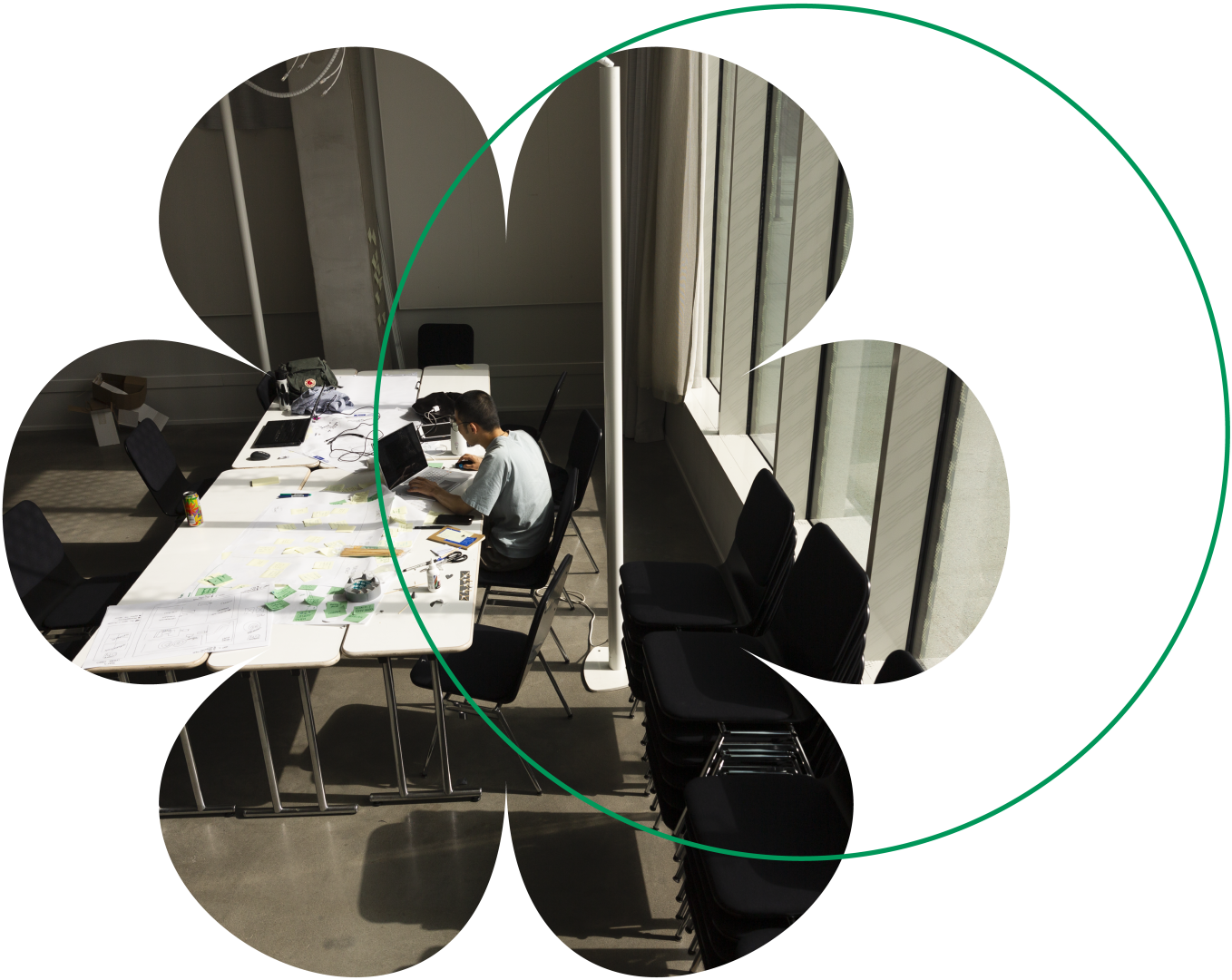
Aalto ARTS Summer School 2022
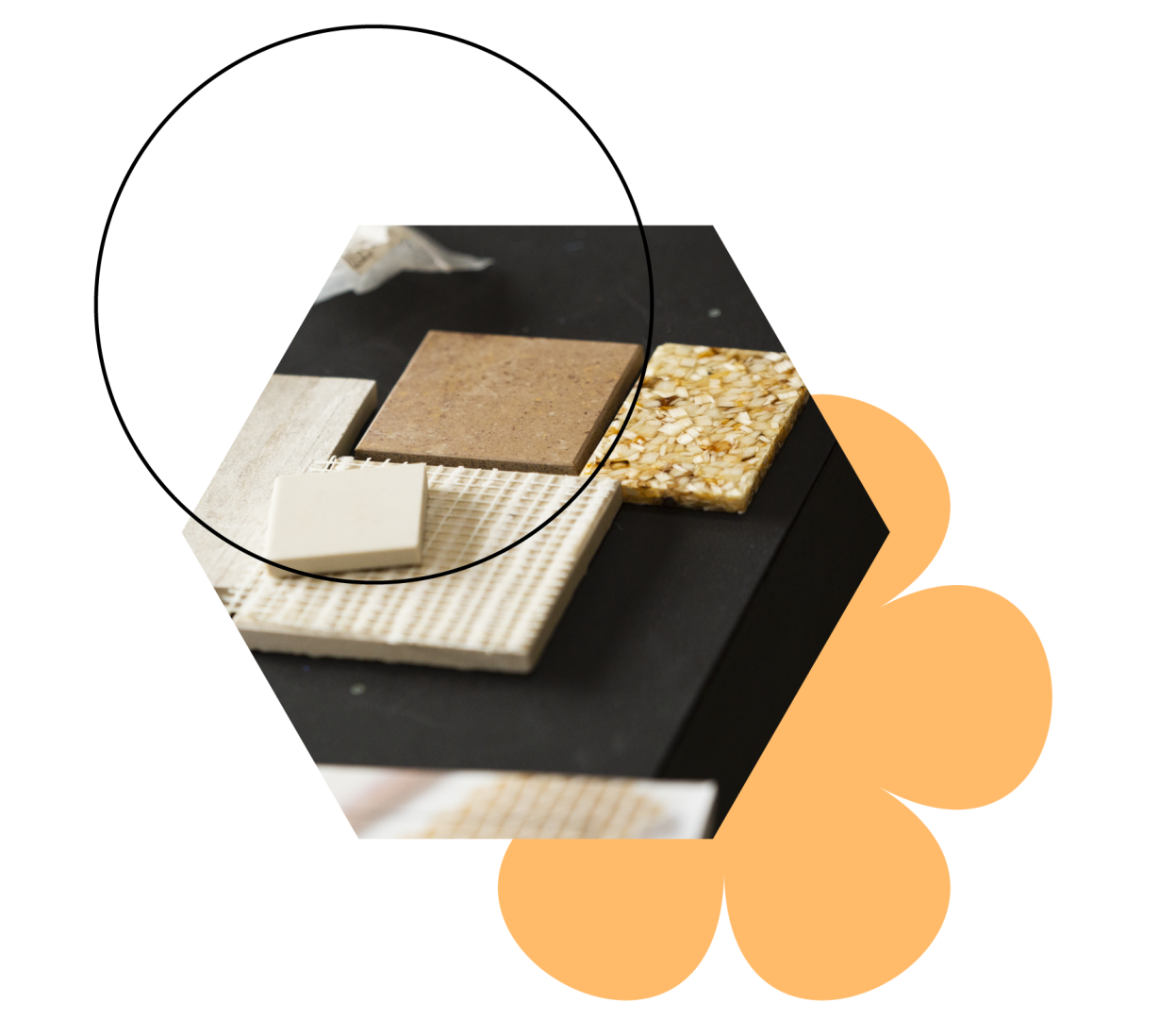
What is Circular Economy?
Currently a hot topic amongst academics, Circular Economy (CE) is a powerful way to address climate change, resource scarcity and biodiversity loss while also meeting critical social aspects of sustainable development. CE in itself can be defined as an innovative approach to design, consumption, and disposal, where material flows are restored through closed-loop processes.
What is Co-Design?
Co-design is a method of design where the end-users of products or services can participate in the design process. Instead of designers working independently to create various products or systems, end-users and other stakeholders are invited to participate in the design, and not only to collect information through interviews or survey forms. This requires tools and arrangements with which the end-users can comfortably and effectively participate in the design. You can read more about it on Sampsa Hyysalo’s interview from Helsinki Design Weekly where he clarifies the concept of co-design.
Circular economy and co-design helps the construction of a systemic understanding of the change needed for transforming the current linear economy (take-make-dispose) towards a circular economy (take-make-remake into something new). When combined into a course, the focus of the activities was on the role of co-design on the implementation of a systemic scenario which prevents waste and pollution and assists in the transition towards a circular society. The content of the course is designed around three core themes: MATERIALS AND PRODUCTS in the circular economy, SYSTEMIC UNDERSTANDINGS of the circular economy and their role in future SCENARIOS. With these themes it was possible to deepen the students’ knowledge on principles which assist on regenerating whole systems towards a circular balance. In this transition the importance of ascertaining co-design is crucial as it can catalyse cooperation and change and contribute to developing new innovation, products and services. An experience perfectly described by Professor Mikko Jalas on the following video:

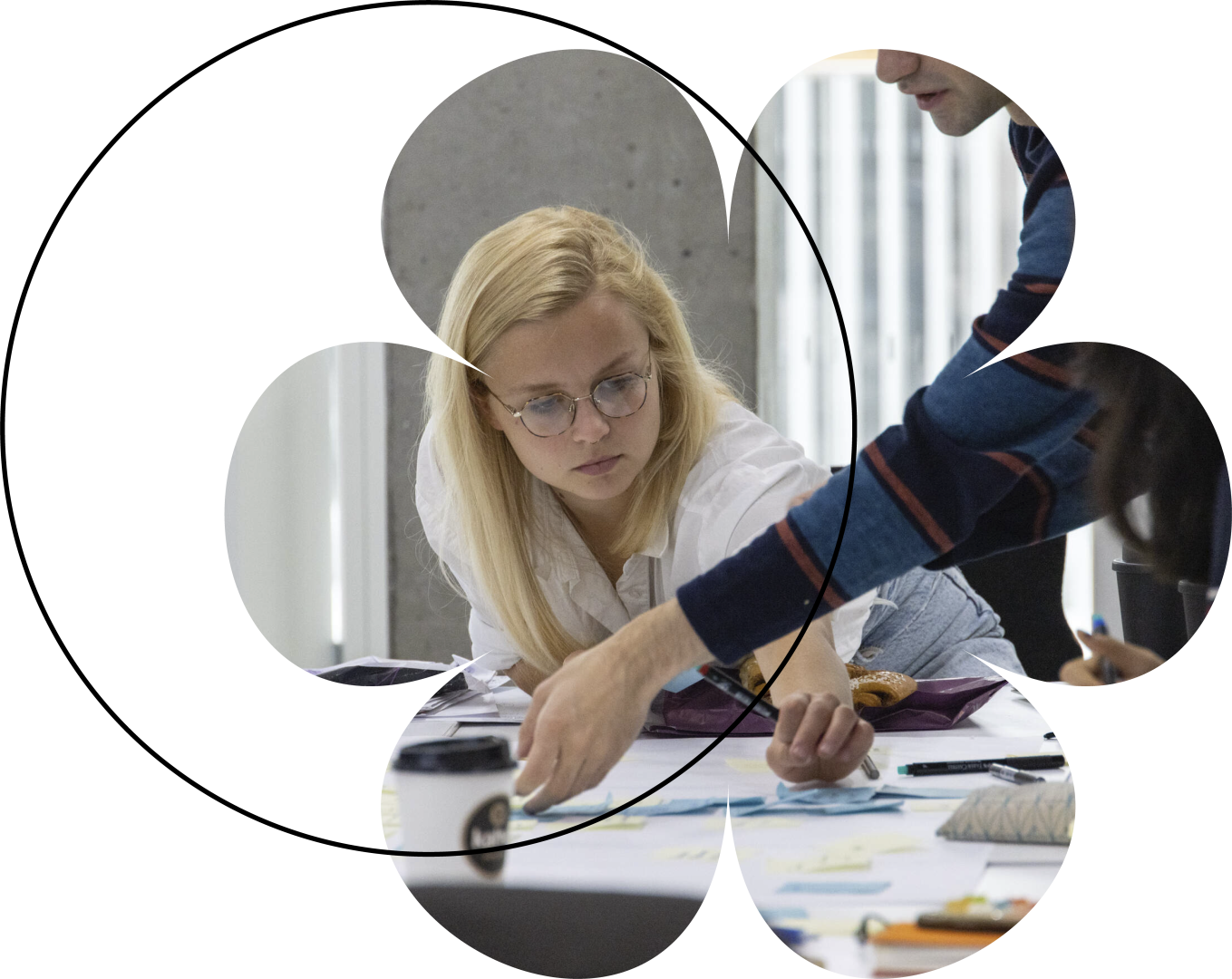
Learning Objectives
and Outcomes
The Aalto Arts Summer School 2022 was developed with the goal of introducing students to the realities of CE and co-design. Students were encouraged to find circular solutions to foreseeable 2035 scenarios in multidisciplinary groups composed by students of different institutions.
By the end of the course students were able to:
- Understand the need for systemic transformation towards circular economy;
- Understand the role of design in driving a systemic circular transformation;
- Present modular thinking, prefabrication and design for deconstruction as tools or strategies for designing sustainable products;
- Understand the importance of consumers in the adoption of circular thinking;
- Build scenarios and paths towards a desired future.
Before you begin
pre-task
The pre-task for the Arts Summer School 2022 required, from the attending students, an introductory assignment to be revealed on the first day of the school. The task revolved around ‘Systemic Understanding’ and focused on ‘what is wrong with the current linear economy?’. Presented on a zoom call on the 18th May the task required the students to read two articles offered by summer school academics. Once read, the students were directed to a video on Youtube. With both materials in mind the students would create an A2 poster responding with their own understanding of the ailments of linear economy. On the first day of the Summer School the posters were exhibited in the main lobby of Väre Building and the students presented their interpretations, providing the initial basis for their group work as they started tracing out similar perspectives.
Reading material
- Niinimäki, K., Peters, G., Dahlbo , H., Perry, P., Rissanen , T. and Gwilt , A.(2020). The Environmental Price of Fast Fashion . Nature Reviews; Earth and Environment 1, pp. 189 200.
- Armstrong, C., Niinimäki, K. & Lang, C. (2016). Towards Design Recipes to Curb the Clothing Carbohydrate Binge. Design Journal, 19(1), pp. 159 181.
- Weigend Rodríguez, R., Pomponi , Webster, K. and D’Amico, B. B.(2020). The future of the circular economy and the circular economy of the future. Built Environment Project and Asset Management, 10 (4), pp. 529 546.
- Lofthouse, V. & Prendeville, S. (Human Centred Design of Products And Services for the Circular Economy A Review. The Design Journal, 21(4), pp. 451 476.
- Derrible , S., Cheah, L., Arora, M., Yeow , L.W. (2021). Urban Metabolism . In Shi, W., Goodchild, M.F., Batty, M., Kwan, MP., Zhang, A. (Eds.) Urban Informatics. Springer. (pp. 85 114) https://doi.org/10.1007/978 981 15 8983 6_7
- Rognoli, V., Bianchini , M., Maffei, S., & Karana, E. (2015). DIY materials. Materials & Design, 86, pp. 692 702.
- Chertow , M. R. (2000). Industrial symbiosis: literature and taxonomy. Annual review of energy and the environment, 25(1), pp. 313 337.
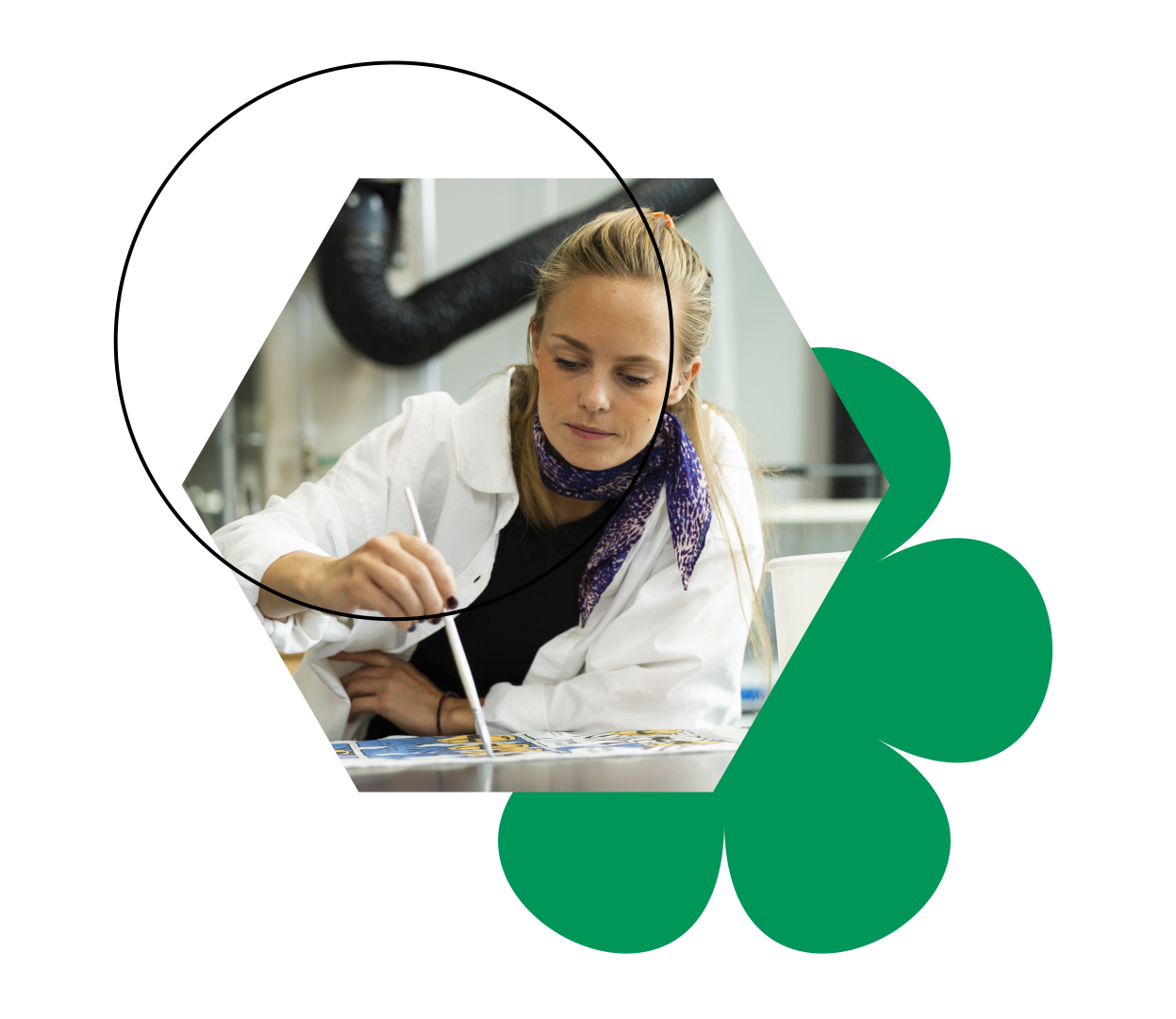
Examples of posters
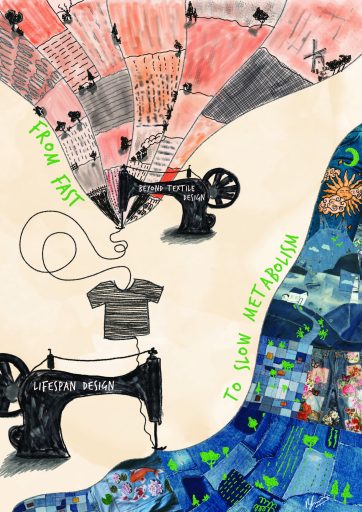
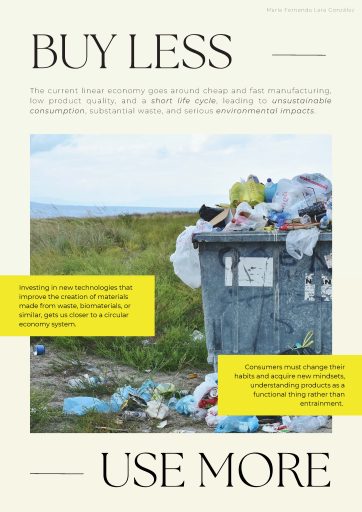
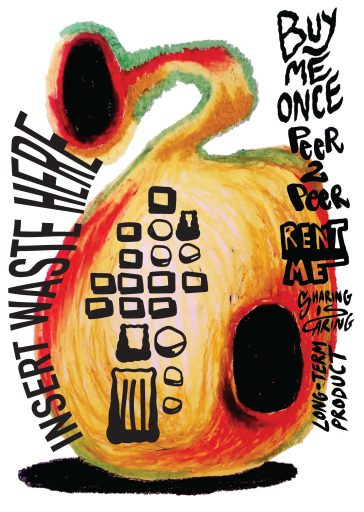
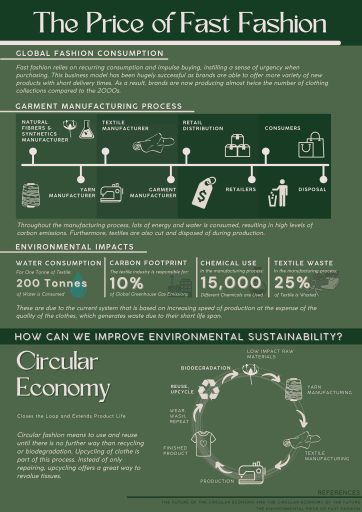
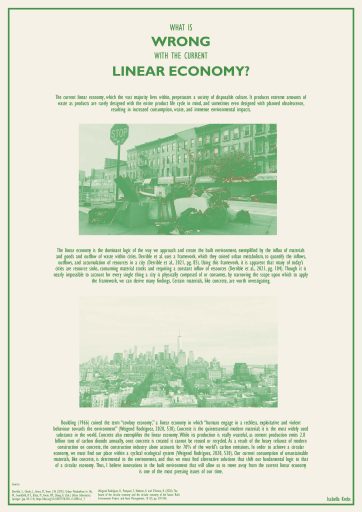
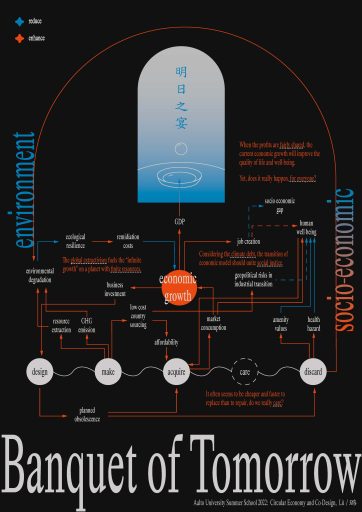
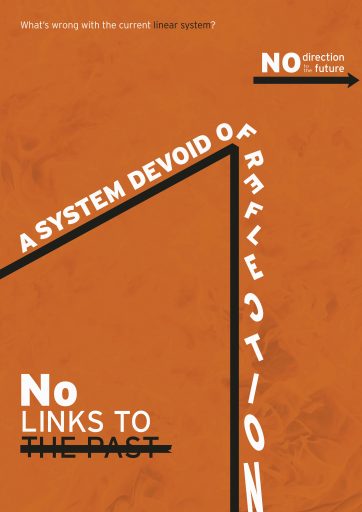
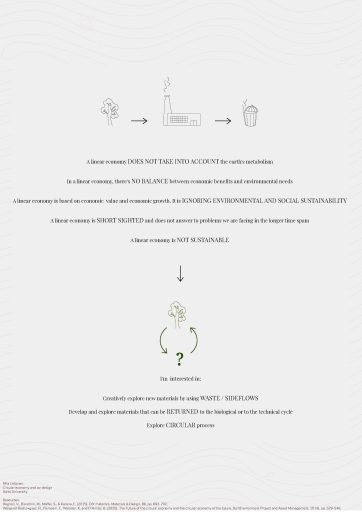


teachers and classes
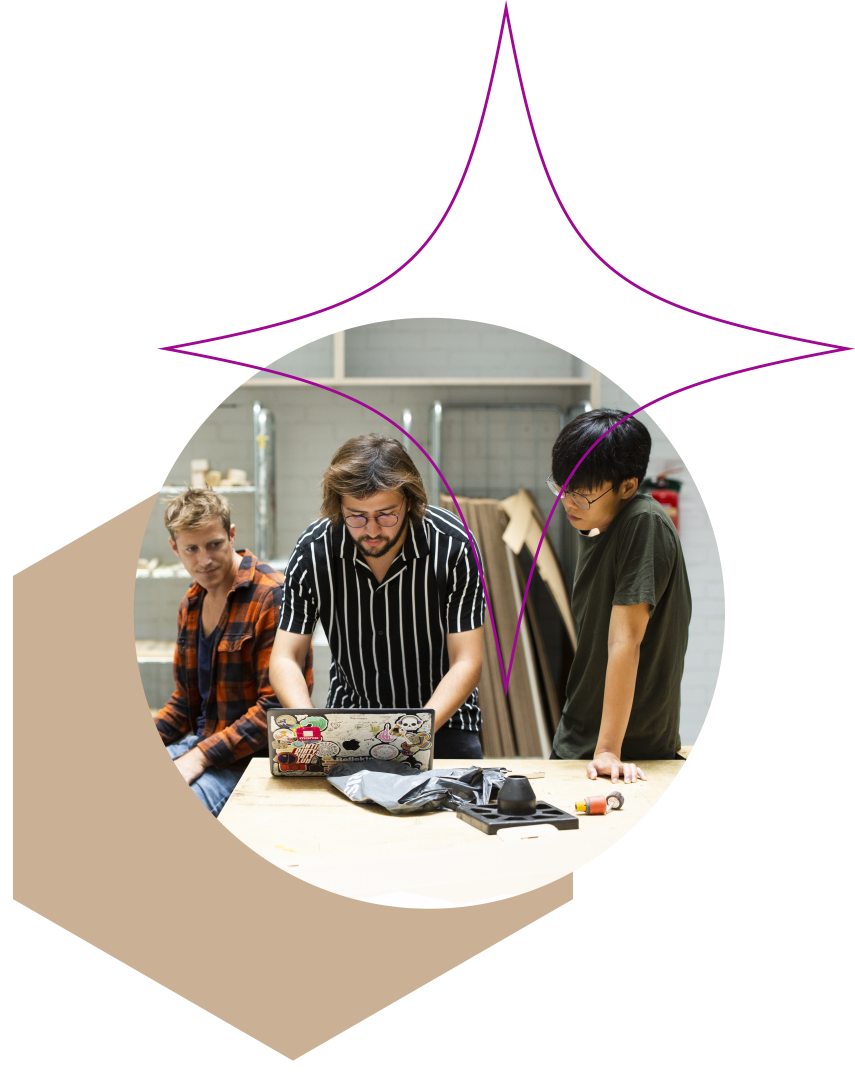
Individual studies
A) Design for Regenerative Cultures
The teaching session “Design for Regenerative Cultures” aims to expose the basis of reflection and questions necessary to address the current crisis situation, taking us by the hand to a critical reflection, which leads us to the approach of a paradigm shift where we evolve from a paradigm of reducing anthropogenic impact, from a paradigm of impact compensation, as proposed by sustainability, to a paradigm of positive impact, where we understand the development in combination with the achievement of welfare and happiness and always taking into account its burden on the natural environment and its environmental cost. In this sense, the design for regenerative cultures bets on the co-creation of processes that restore, renew or revitalise the socio-ecological environment from the reading of the place, its potential and from the community and collective capacity.
by Carlos Cobreros Rodríguez (Tecnologico de Monterrey)
B) Scenarios for system changing: Transforming our now for sustainable futures
https://aalto.cloud.panopto.eu/Panopto/Pages/Viewer.aspx?id=3a67ef18-4ccd-4cc2-aed7-aee10071edbe
by Idil Gaziulusoy (Aalto University)
C) Design Justice I
Reading package and exercises by Caroline Dionne (Parsons School of Design)
Despite our best intentions as designers, designed “things” aren’t neutral: design can be empowering, but it can also be exclusive or reinforce the oppressive structures of social inequities and inequalities (of race, gender, or class). This session will be devoted to a student-led set of explorations on the theme of Design Justice. First, students will engage individually in an online/asynchronous discussion of two selected essays. In teams, students will then conduct a swift research exercise to gather examples and precedents that speak to a design justice problem or cause (see detailed instruction packet). The findings gathered through this exercise will, in turn, serve as a point of departure for the speculative/scenario-building exercise “Design Justice II” on 9 August.
Please find the materials and instructions for this study in this document.
Please read the instructions carefully. the study is composed of two steps:
(1) Online discussion – Use the document shared for this discussion(2) Blitz research exercise – There is a Mural board for this step. (Password: JustDesign)
E) Sharing, rhythms and Practices
by Mikko Jalas (Aalto University)
There are three video lectures in this session:
F) Whole System Mapping & Product service systems
by Jeremy Faludi (TUDelft – Delft University of Technology)
Whole System Mapping is a simple way to make systems thinking concrete and actionable; industry designers and engineers value it for driving innovation and sustainability, and sometimes also reducing costs. In it, you collaboratively draw a system map of your product, set priorities based on LCA & business strategy, then brainstorm solutions on the system map itself to provide more thorough and radical ideas. Finally, you choose winning ideas based on your priorities.
Whole system mapping deep dive
Circular Business Models 1 – Types of Product Service System
Circular Business Models 2 – How to Choose a Business Model
Optional: you might further read examples of Whole System Mapping and an example of PSS.
